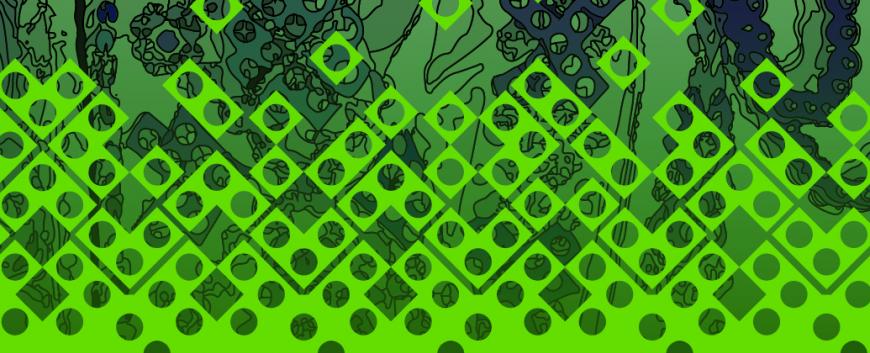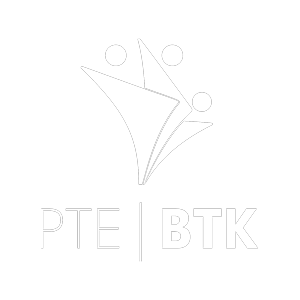The new research volume of CASSI has just been published

This study book introduces a case study on ethnic integrity of a borderland area through the cultural activities of the Croatian communities living there. The research was conducted by the College of Advanced Studies on Social Inclusion, University of Pécs, Hungary. The researchers involved four civil organisations as partners into the project that are all committed to preserve and enhance Croatian cultural heritage, two from Hungary, Vizin Cultural and Traditional Association and Mohács Shokats Corresponding Club, and another two from Croatia, HKUD Valpovo 1905 and HKUD Osijek 1862, all four of them come from the historic territory of Baranya/Baranja. The research was implemented under the cross-border co-operation of the European Union's Interregional Relations Program, HUHR-1901-3.1.2-0043 CHP (Culture, heritage, and profession - Establishing a professional replenishment of heritage conservation through cultural events).
The research was built on the concept of comparative event analysis. The partners involved have had a long-time history of co-operation, therefore, each of them were asked to organize one cultural event for their own Croatian communities, to which they are supposed to invite the other three ensembles to perform. The research group set out to examine the four events held in different locations and conditions on the basis of the following aspects: the process itself and the elements of the organization of cultural community events; the impact of cultural events on the local community including both Croatians and other ethnicities; characteristics of cross-border cooperation in producing cultural and performing arts events.
Research implementation
Measurement methods
The project was based on immersive fieldwork, researchers visited cultural associations in two time periods. In the first, they examined the organizational side of the associations: what is the organizational background of their cultural activities and the social-political-economic context: how they are accepted, supported by the local community, local and national level authorities.

Field trips
Video documentation was produced, and interviews were conducted during the field trips. Later on, a 56 item- questionnaire has been filled by the associations that provided more detailed information to complement data collection for the analysis.
In the second time period researchers visited the events of the associations. The project funded the organization of Croatian cultural events for all four associations, to which the other three partners were invited to perform. Thus, researchers had four occasions to examine the process of preparation and elaboration of the organisation of a cultural event. The theme and structure of the events made possible to conduct a comparative analysis.

Cultural events
Interviews were conducted with association members each time, immediately before and after the show. Planning and the selection of dates was rough for everyone in the face of the COVID-19 pandemic.
Linguistic background of the research
The main working language of the research project is English, as is it sponsored by the cross-border co-operation of the European Union's Interregional Relations Program so the outputs of the resarch project are available mostly in English. However, the personal communication with the Croatian partners took place mainly in Croatian and with the Hungarian partners in Hungarian. The interviews were also recorded in the mother tongue of the interviewees, which were later translated into Hungarian and English. The events were bilingual - Croatian, Hungarian.
Chapters Review
The first sections of the study book emphasize the importance and basics of the scientific research of the Cultural Heritage and Profession Project. As we further investigate ethnicity, cultural heritage and connecting matters, we hope we provide more specific information about the Croatian ethnicities, especially in the Baranya/Baranja cross-border cultural region.
As we begin our journey, we take a closer look at the history of the Baranya/Baranja region, the ethnicities living here and the constant shift in their life in correlation with the various historical events, religions, and regimes. This section also introduces the languages spoken in the two counties and statistical data provided by numerous sources. To provide a clear understanding of core relations of a cross-border cultural landscape some basic concepts are being proposed in this section.
In the following parts, we introduce our partners as civil organizations whose main mission is the preservation of Croatian cultural heritage. Furthermore, these associations give us a peek into their unique and distinct history, foundation, everyday life, prizes and awards they have won, work and social aspects. You will also learn more about the initiatives of said organizations and how they finance their projects and operations. We dedicated sections for outstanding members of these organizations, also important data such as the numerous groups working in these associations and their everyday activities.
This study book also contains pieces of interviews we recorded at various events and sites during the CHP Interreg project. These dialogues were compiled preserving the originality of said contents, thus the reader can feel the depth of the conversations as if they were there in person. Reading these interviews, you shall gain behind-the-scenes information about the events, the feelings of the participants, stories about the impact of COVID-19 on the performers and situations, even details on the individual performances. To keep every piece of information organised, we edited this part as all facts regarding a partner is in one section followed by connecting interviews and conversations with a member of said organization.
Speaking of scientific research, this study book contains a section dedicated to a comparative analysis on the preparation of the events. In this section, we take a closer look at the various aspects of planning and record what happened at our meetups. As a part of this section, we also analyse and measure the different planning methods used during the project by our partners. We also contrast the differences in the fields of sound and light systems used on stage, selected locations and their pros and cons, accessibility of the chosen spot and more. The schedules of the events are also available in this section, with the aid of visualised data such as spreadsheets and infographics. We also included some short interviews with the partners and staff members to conclude a clearer image of the matters and to further improve the engagement of our readers. As a connecting part, our research team put together two important units, regarding their scientific work: one on the role of folk music and folk dance events in the preservation of Croatian cultural heritage, and the other one on folk costumes appeared on events.
The following sections contain information on the preserving of cultural heritage in a multiethnic landscape, how political, economic, ethnic, and geographic factors shape the integrity of researched cross-border lands, a part dedicated to the College of Advanced Studies on Social Inclusion (CASSI), and the Cultural Education Programs of the Institute of Human Development and Cultural Sciences at the University of Pécs, as CASSI is part of said institution.
College of Advance Studies on Social Inclusion
H-7624 Pécs, Rókus utca 2. P8-9 tarsadalmi.befogadas.szk@gmail.com
Pécsi Tudományegyetem | Kancellária | Informatikai és Innovációs Igazgatóság | Portál csoport - 2020.
